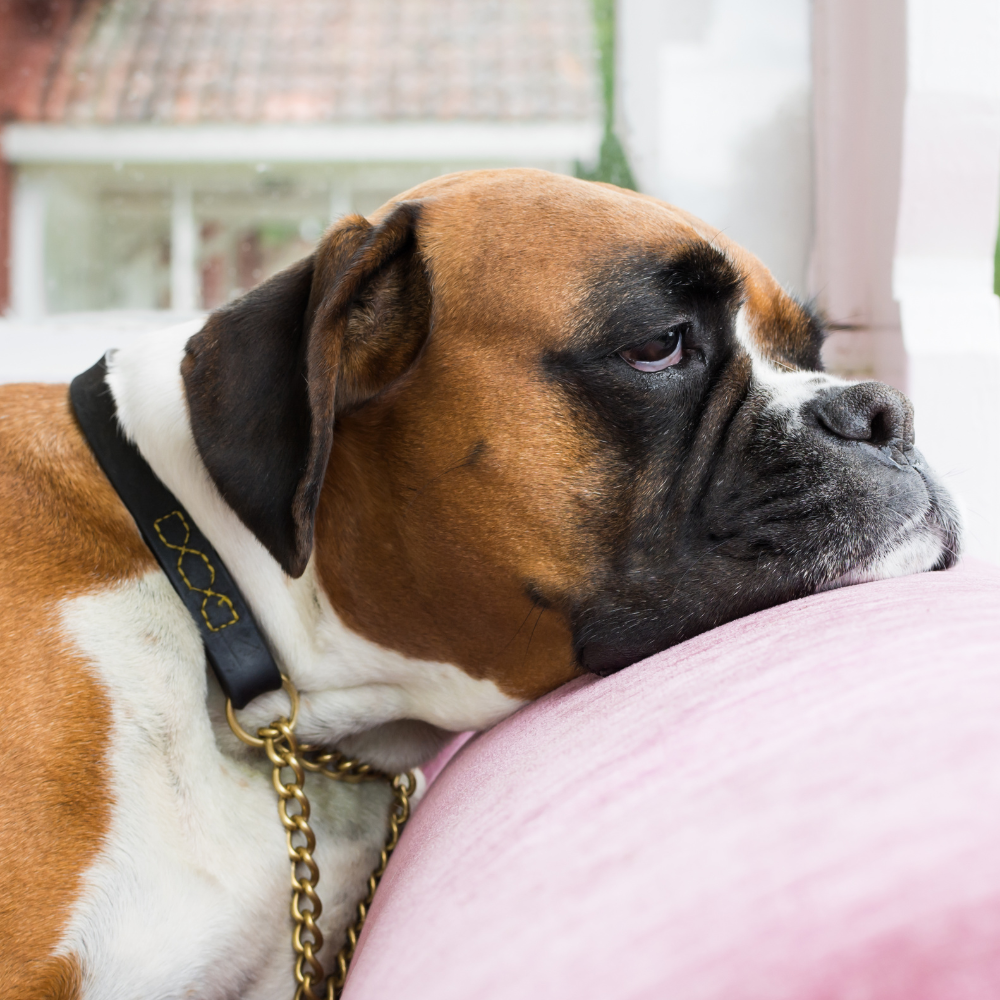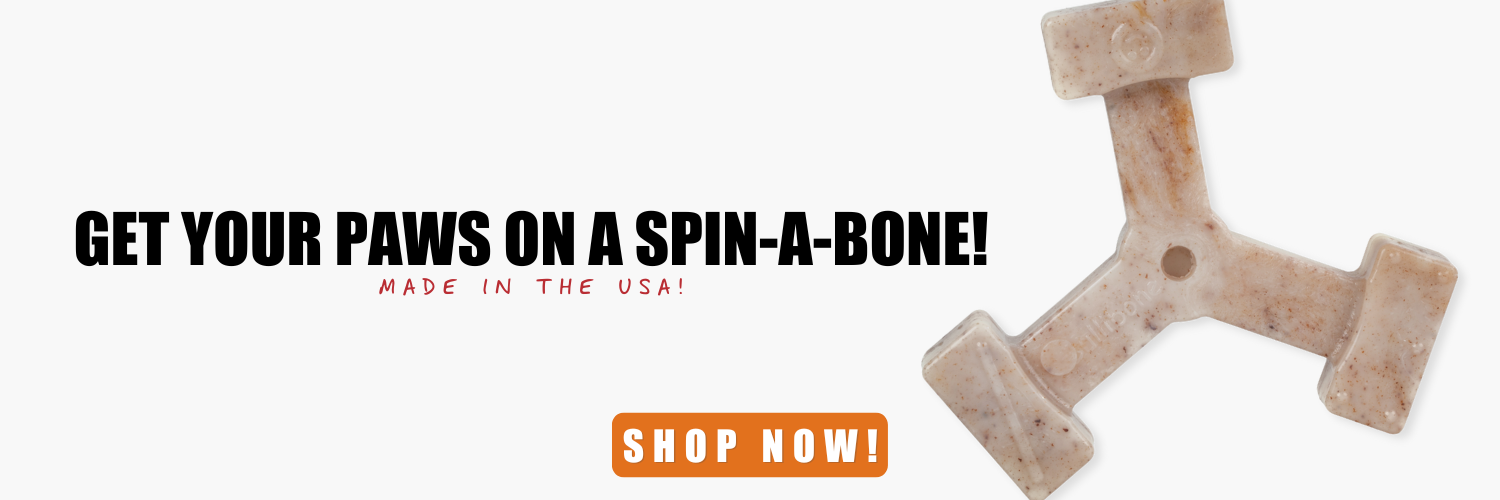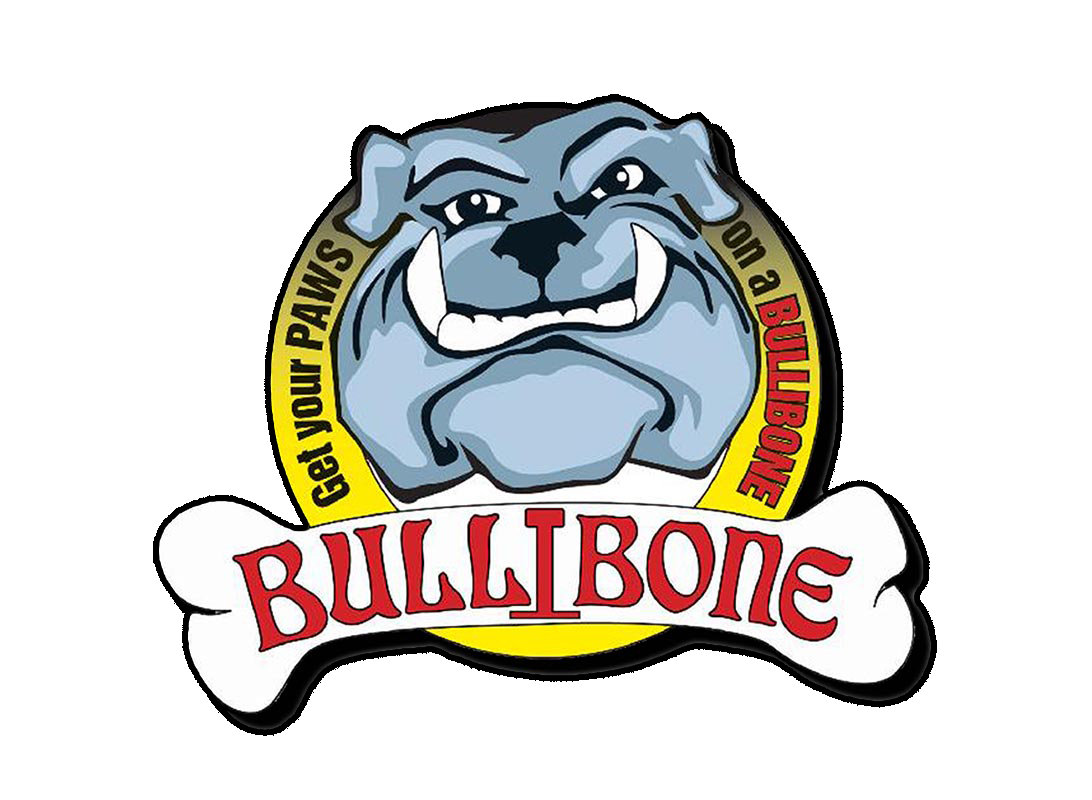Welcome, dog lovers! If you’ve ever wondered, “why is my dog so needy?” – You have arrived at the right place. We are here to help.
How did we go about collecting the answers you are looking for? We researched different types of dog behavior and talked with top dog trainers to uncover the reasons they crave constant attention and affection. We also asked them – What are the most common reason for a dog showcasing a “clingy behavior?”

Dogs are pack animals by nature and came from wolves.
This pack mentality is in their genetics and their whole framework for life involves instinctively seeking companionship and forming strong bonds with their human pack. They rely on us for direction and affection just like we rely on them for love and emotional support at times. This emotional dependency can result in clinginess or neediness. Dogs thrive on attention. If they feel lonely or anxious, they may seek reassurance from their pet parent.
Neediness levels vary dramatically according to the breed. Labrador Retrievers are known for their intelligence and tenderness while also having a strong desire for human connection. A dog’s individual personality can also contribute to their neediness. Some pups are more independent, while others prefer constant companionship. It’s important to understand that each dog is unique. Their neediness can vary based on their breed and personality traits.
Anxiety can also cause a dog to follow their pet parent around like a shadow. Fireworks and other loud noises from storms can be triggers for a dog’s anxiety. Another big culprit for dog neediness in our busy human lives is not giving enough stimulation to dogs and leaving them bored out of their mind. Bored dogs can turn into destructive dogs very quickly. Things like excessive barking or even self-harm in extreme cases. Gradual desensitization, exercise, crate training, mental stimulation, and professional guidance are all helpful things that can support alleviating separation anxiety.
This a reminder that you should never punish or reprimand an anxious dog. This only makes things worse. When they know you’re angry with them, they become even more anxious, making the issue worse. Some good questions to ask yourself:
- Is your pet suffering from separation anxiety?
- Are they lonely because you aren’t there?
- Are they bored?
Making sure your dog lives an active lifestyle is one of the easiest ways to help combat separation anxiety. Long walks, playtimes, and lots of affection will go a long way in reducing anxiety. It isn’t only the body that needs the exercise. Mental stimulation helps teach your dog good behavior patterns and keeps them from stressing over things. Puzzle games, tricks, and socialization all give your dog healthy mental stimulation.
Treats that offer calming ingredients will also help your dog during these times. Rewarding their attempts to learn new games, socialize with others and engage in healthy exercise is important and the treats reinforce their behavior. Rewards, rather than punishments, will go a long way in reducing anxiety and stress for your pet.
Check out this list of top dog breeds that are prone to experiencing separation anxiety:
- Golden Retriever
- German Shepherd
- Italian Greyhound
- Labrador Retriever
- Great Dane
- Jack Russell Terrier
- Border Collie
- French Bulldog
The next time you find yourself pondering why your dog is craving extra attention, remember that figuring out how to get a dog to calm down can be as simple as show affection, stimulating their brain, or acting as their alpha. Embrace the joy of their affectionate nature and practice providing the emotional support and pack leadership they need to thrive.
If you’re looking for a way to keep your dog from stressing out and showing destructive behavior while you’re away, we have just the thing! Our nylon bones are designed to keep dogs entertained and engaged. With multiple chew toy heads and an elevated, spinning base for fun, interactive engagement, these chews activate your dog’s natural instincts while you get to focus on more than being a dog owner.

